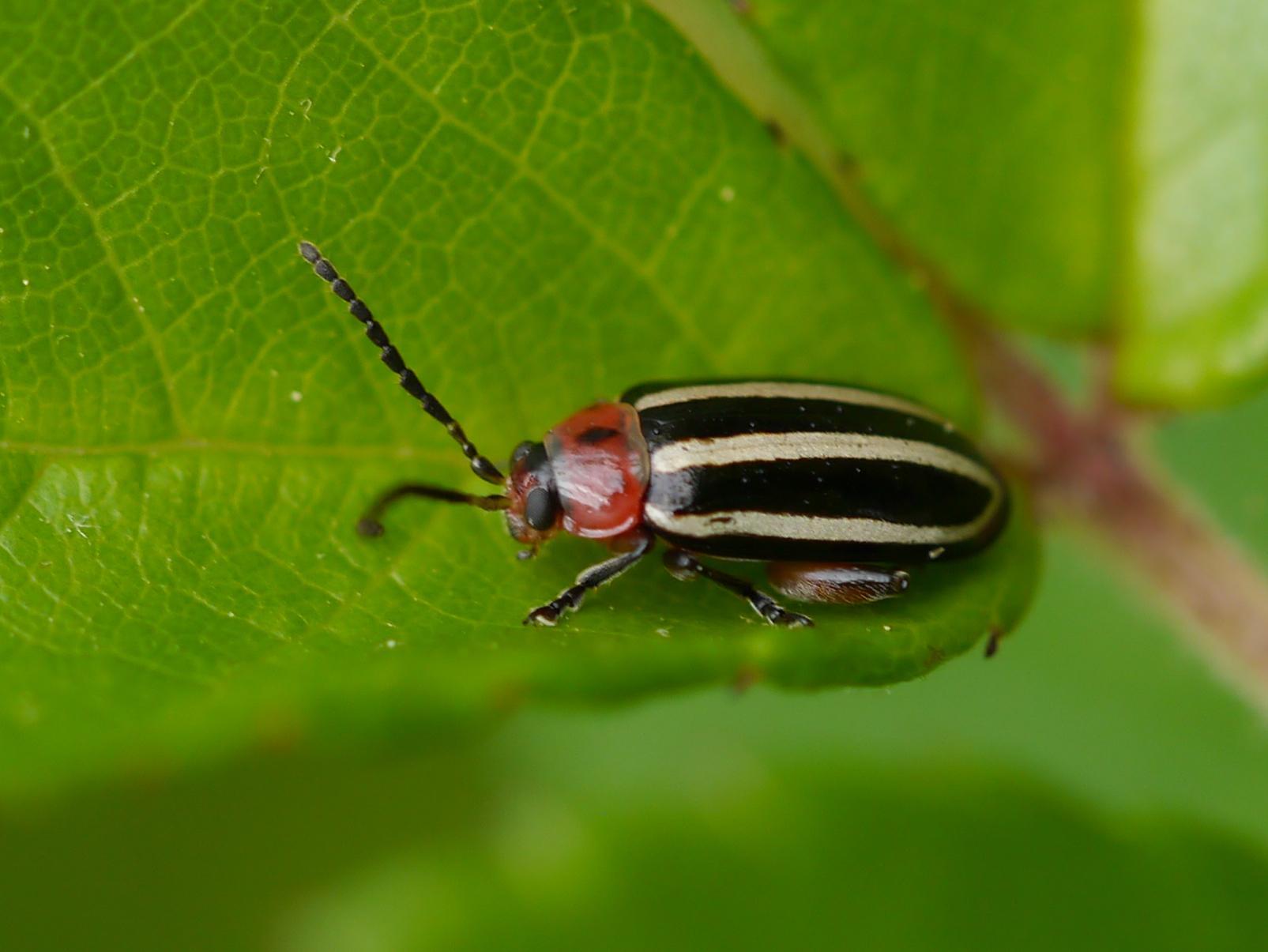Flea Beetles

Scientific Name
Alticini
Description
Flea Beetles are small, agile beetles known for their ability to jump when disturbed. They feed on plant foliage, leaving behind characteristic shot-hole damage and creating stress on young or tender plants.
Characteristics
These beetles are typically less than 1/8 inch long with a shiny, often metallic exoskeleton. Their enlarged hind legs allow them to leap considerable distances, and their feeding can create significant, scattered perforations in leaves.
Control Methods
- Organic sprays: Apply neem oil or insecticidal soap as an organic treatment during early infestations to minimize damage.
- Cultural practices: Practice crop rotation and remove plant debris to reduce overwintering sites. Interplant with repellent species to divert pest attention.
- Preventive methods: Ensure healthy plant growth through proper watering and balanced fertilization. Use reflective mulches to deter beetles and regularly inspect plants to catch early infestations.
- Biological controls: Promote beneficial predators like ladybugs, lacewings, and parasitic wasps, as well as ground beetles that feed on flea beetles.
- Mechanical physical: Employ floating row covers and sticky traps to physically block or capture the beetles during peak activity.
Natural Enemies
- Ladybugs
- Lacewings
- Parasitic Wasps
- Ground Beetles